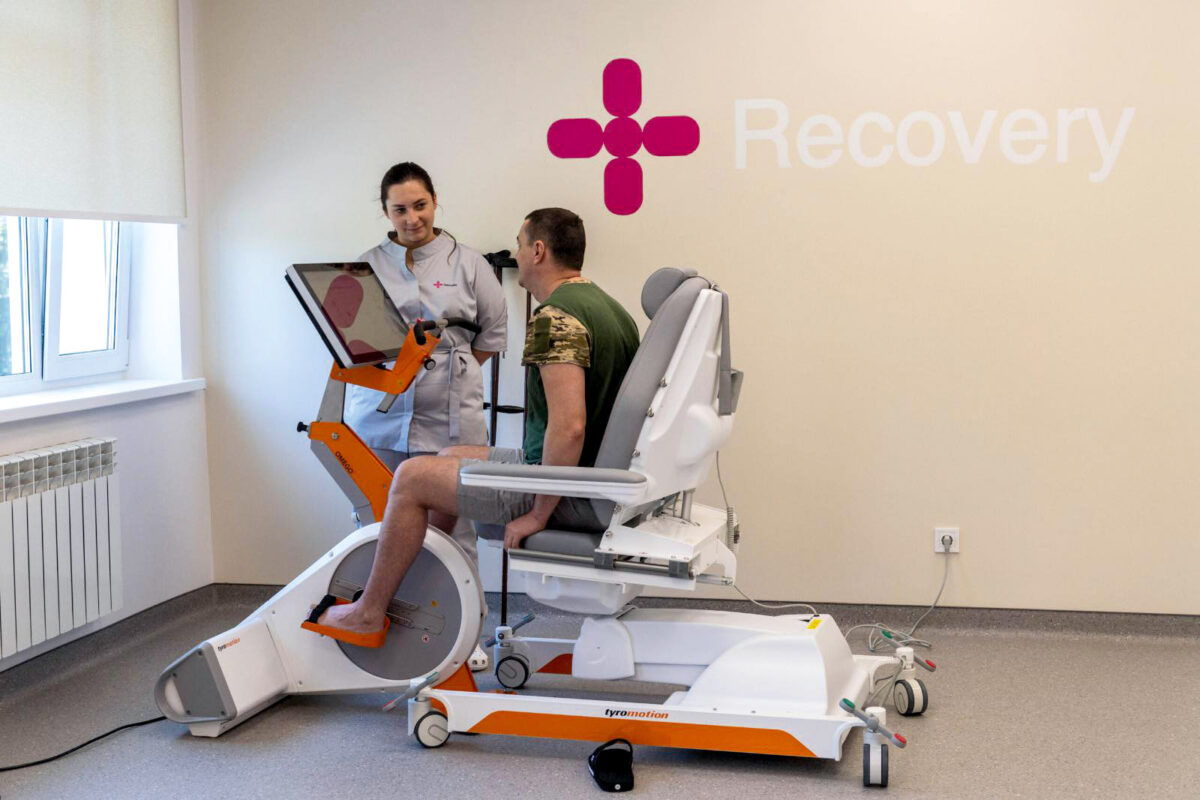For the past eighteen months, Russia’s full-scale invasion of Ukraine has dominated the international agenda. But in reality, Russian military aggression against Ukraine actually began almost a decade ago with the seizure of Crimea and the invasion of eastern Ukraine. This ongoing attack has inflicted terrible suffering on the Ukrainian population. Tens of thousands have been killed and many millions have been forced to flee their homes, becoming internally displaced or seeking shelter as refugees in neighboring EU countries.
With entire towns and cities reduced to rubble throughout southern and eastern Ukraine, the cost of future national reconstruction efforts is expected to total hundreds of billions of dollars. However, nothing can compare to the catastrophic human cost of Russia’s invasion on both the civilian population and the country’s military personnel. According to a recent Wall Street Journal report, the number of Ukrainians left without one or more limbs as a result of Russia’s invasion has reached between 20,000 and 50,000, a figure which is comparable to the scale of amputations during the First World War.
A range of initiatives have been launched over the past eighteen months to provide Ukrainians wounded in the invasion with specialized medical care. While many Ukrainian medical facilities have been upgraded in recent years, the available capacity within the Ukrainian healthcare system remains insufficient to cope with rising demand. Quality of treatment along with the availability of specialists and modern medical equipment are also acute issues.
The RECOVERY project was created by Victor and Olena Pinchuk in response to Russia’s invasion to help Ukraine’s defenders recover from serious injuries. Rehabilitation plays a crucial role in the recovery process, with different goals and time frames in each individual case. For some military personnel, the objective is to return to active service; for others with more serious injuries, the goal of the rehabilitation process is to restore basic mobility or core functions. Rehabilitation can last several weeks or multiple years, depending on the nature of the injuries suffered.
Work is currently underway to establish a national network of rehabilitation centers on the basis of existing state medical institutions in what is an example of effective public-private partnership. By July 2023, six RECOVERY centers were already operational across Ukraine and had treated more than 2,000 soldiers. Another six centers are currently under construction, with efforts continuing to identify additional locations.
When selecting partner medical institutions, particular attention is paid to the presence of doctors with the necessary medical training and skill set to aid the rehabilitation process. Centers typically feature diverse medical teams consisting of physical rehabilitation doctors, physical therapists, occupational therapists, massage therapists, speech therapists, psychologists, and a range of other specialists.
The rehabilitation of wounded Ukrainian military personnel is a two-way process, with medical teams learning from patients. The RECOVERY initiative also incorporates training opportunities for medical staff to make sure the services they are providing reflect best international practice and the latest knowledge. For example, one recent training session focused on the specifics of psychological interaction between medical personnel and wounded soldiers. This addressed the nuances of communication with military personnel and also with their families, in order to make sure that time spent in a rehabilitation center is not only physically but also psychologically comfortable. More than 180 doctors have already undergone training via the RECOVERY project, with a wide range of further educational programs currently being developed.
At present, there are more than 50 prosthetic centers in Ukraine addressing the country’s growing prosthetic needs. However, there are a significant number of particularly complex cases where there is a need for specialized treatment abroad. Such cases often involve the deep amputation of upper limps. The RECOVERY initiative also provides support in these circumstances, with patients able to travel internationally and receive the care they require.
The sheer scale of the devastation caused by Russia’s full-scale invasion has left Ukrainian society facing huge challenges that will shape the country’s destiny for decades to come. This includes widespread damage to the country’s economy, infrastructure, and ecology. The staggering human cost of the invasion can only be addressed by the joint efforts of the Ukrainian state, business community, civil society, and international partners working together. Providing world-class rehabilitation services for Ukraine’s wounded warriors is an important part of this task that must be maintained for many years to come.
About the author: Svitlana Grytsenko is a Head of the RECOVERY project and a board member of the Victor Pinchuk Foundation.
